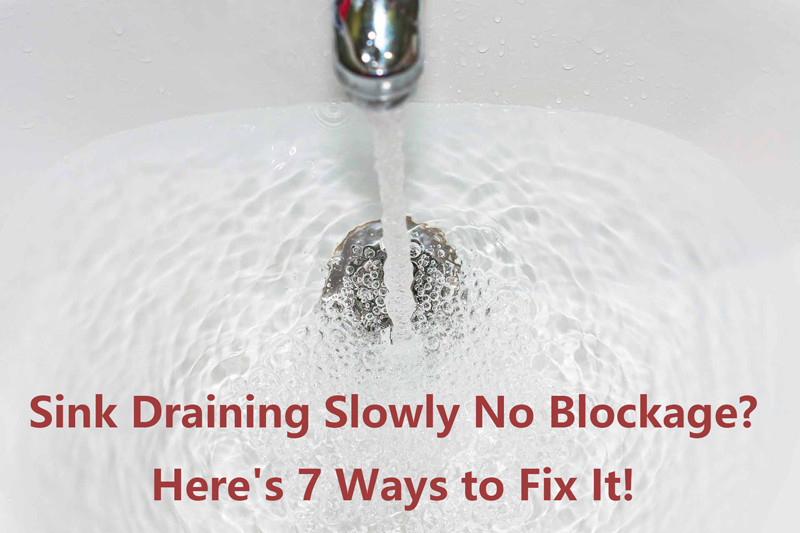
A slow-draining sink can be a daily annoyance, disrupting your routine and causing frustration. While a visible blockage is often the first thing that comes to mind, sometimes the issue is more elusive. When you’ve checked for blockages and found none, several other factors could be contributing to the sluggish drainage. In this guide, we’ll explore common reasons why sink draining slowly no blockage and offer troubleshooting tips to help you resolve the problem.
Ways to Fix Sink Draining Slowly No Blockage
1. Buildup of Organic Matter
In kitchen sinks, organic matter like food scraps can accumulate over time, forming a layer of residue that impedes water flow. Despite your efforts to keep the sink clean, small particles can sneak past, gradually building up and causing drainage issues. This buildup may not always be visible to the naked eye but can significantly affect drainage efficiency.
To address this issue, consider using enzyme-based drain cleaners or homemade remedies like baking soda and vinegar to break down organic matter. Regularly flushing the drain with hot water can also help prevent buildup and keep your sink draining smoothly.
2. Mineral Deposits
In areas with hard water, mineral deposits can accumulate inside pipes and drains, narrowing the diameter and restricting water flow. Over time, calcium, magnesium, and other minerals in the water can leave behind deposits, contributing to slow drainage. These deposits can gradually build up, creating a rough surface inside the pipes that traps debris and further exacerbates the problem.
To combat mineral deposits, consider installing a water softener to reduce the hardness of your water. Additionally, periodic cleaning with a commercial descaling solution or a homemade mixture of vinegar and water can help dissolve existing deposits and prevent future buildup.
3. Venting Issues
Proper venting is crucial for maintaining optimal drainage in your plumbing system. Blocked or obstructed vent pipes can create suction within the drainpipe, slowing down drainage. Venting issues may result from debris, bird nests, or structural damage to the vent pipe.
To address venting issues, inspect the vent pipe for obstructions and clear any debris or blockages. If the vent pipe is damaged or improperly installed, consult a professional plumber to assess and correct the problem.
4. Incorrect Slope or Alignment
Drainpipes should be installed with a slight slope to encourage water to flow freely. If the slope is too shallow or if sections of the pipe are misaligned, water may pool, leading to slow drainage. Bends or kinks in the pipe can also create points of resistance, further impeding the flow of water.
Inspect the drainpipes for proper slope and alignment, paying particular attention to areas where bends or connections occur. Adjust any misaligned sections and ensure that the pipes have a sufficient slope to facilitate drainage.
5. Faulty Plumbing Fixtures
Malfunctioning or improperly installed sink traps or garbage disposal units can restrict water flow and cause slow drainage. Check for leaks, cracks, or signs of damage in the plumbing fixtures, and repair or replace any components as needed. Additionally, ensure that the fixtures are installed correctly and securely to prevent issues with drainage.
Regular maintenance and inspection of plumbing fixtures can help identify and address potential problems before they escalate into significant drainage issues.
6. Tree Root Intrusion
For homes with outdoor plumbing lines, tree roots can infiltrate and damage underground pipes, leading to blockages and slow drainage. Even small cracks or gaps in the pipes can provide entry points for tree roots, allowing them to grow and expand over time.
To prevent tree root intrusion, consider installing root barriers or using chemical root treatments to deter root growth near your plumbing lines. Periodically inspect the area around outdoor plumbing fixtures for signs of root intrusion, such as soggy soil or foul odors, and address any issues promptly to prevent further damage.
7. Hydraulic Issues
Hydraulic factors such as airlock, siphoning, or backflow can disrupt the normal flow of water through the plumbing system, resulting in drainage problems. These issues may occur due to improper installation, ventilation, or pressure regulation in the plumbing system.
To diagnose hydraulic issues, consult a professional plumber who can assess your plumbing system and identify any underlying problems. Solutions may include adjusting water pressure, installing additional vent pipes, or reconfiguring the layout of the plumbing system to improve drainage efficiency.
Conclusion
While a visible blockage is often the most apparent cause of a slow-draining sink, it’s essential to consider other potential factors if no obstruction is found. By understanding the various reasons behind slow drainage and implementing appropriate troubleshooting measures, you can restore optimal drainage in your sink and prevent future issues. Whether it’s removing organic buildup, addressing venting issues, or correcting plumbing misalignments, proactive maintenance and timely repairs are key to ensuring your plumbing system functions smoothly. If DIY efforts prove unsuccessful or if you encounter complex plumbing issues, don’t hesitate to seek professional assistance to safeguard your home’s plumbing infrastructure and maintain optimal functionality for years to come.
 WOWOW Faucets
WOWOW Faucets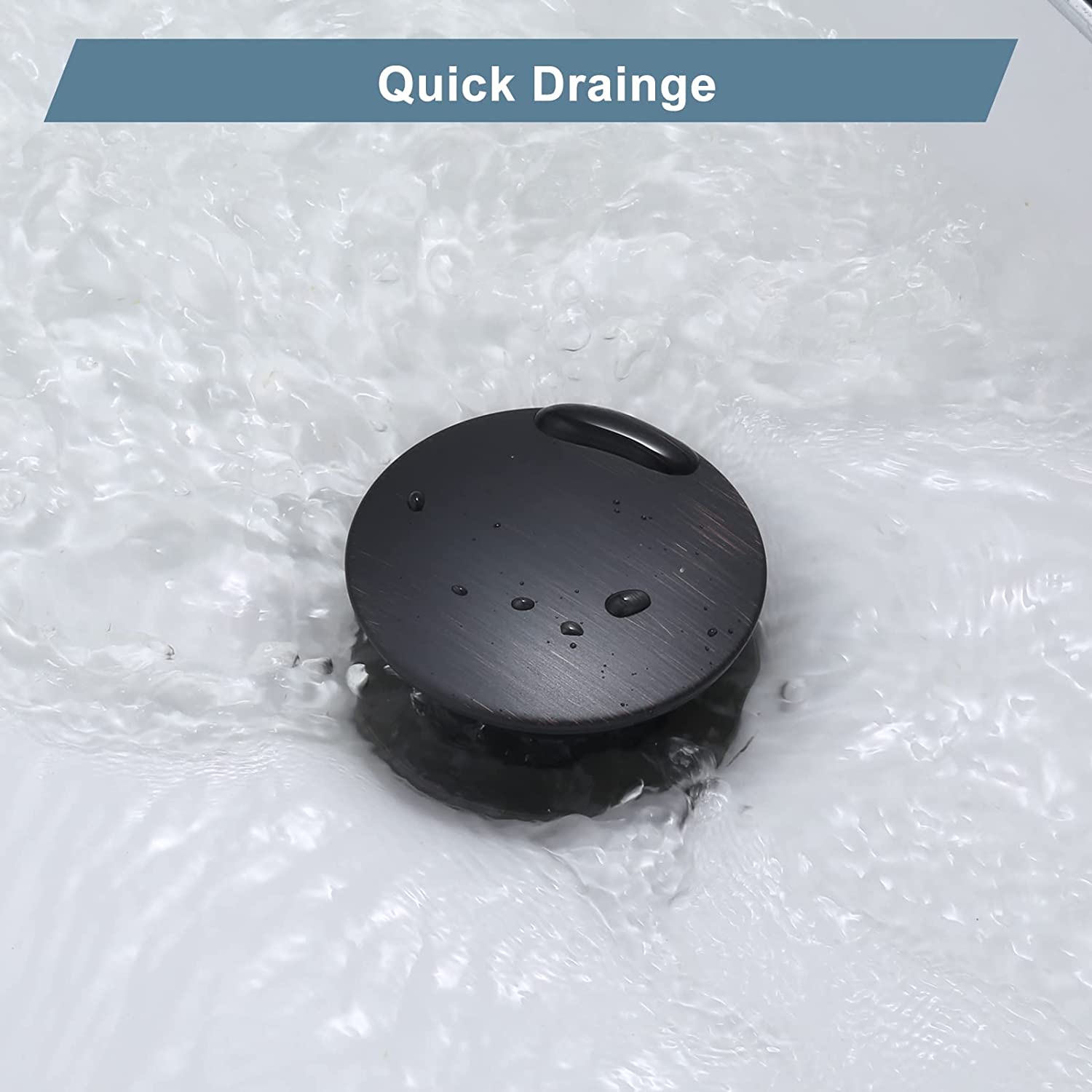
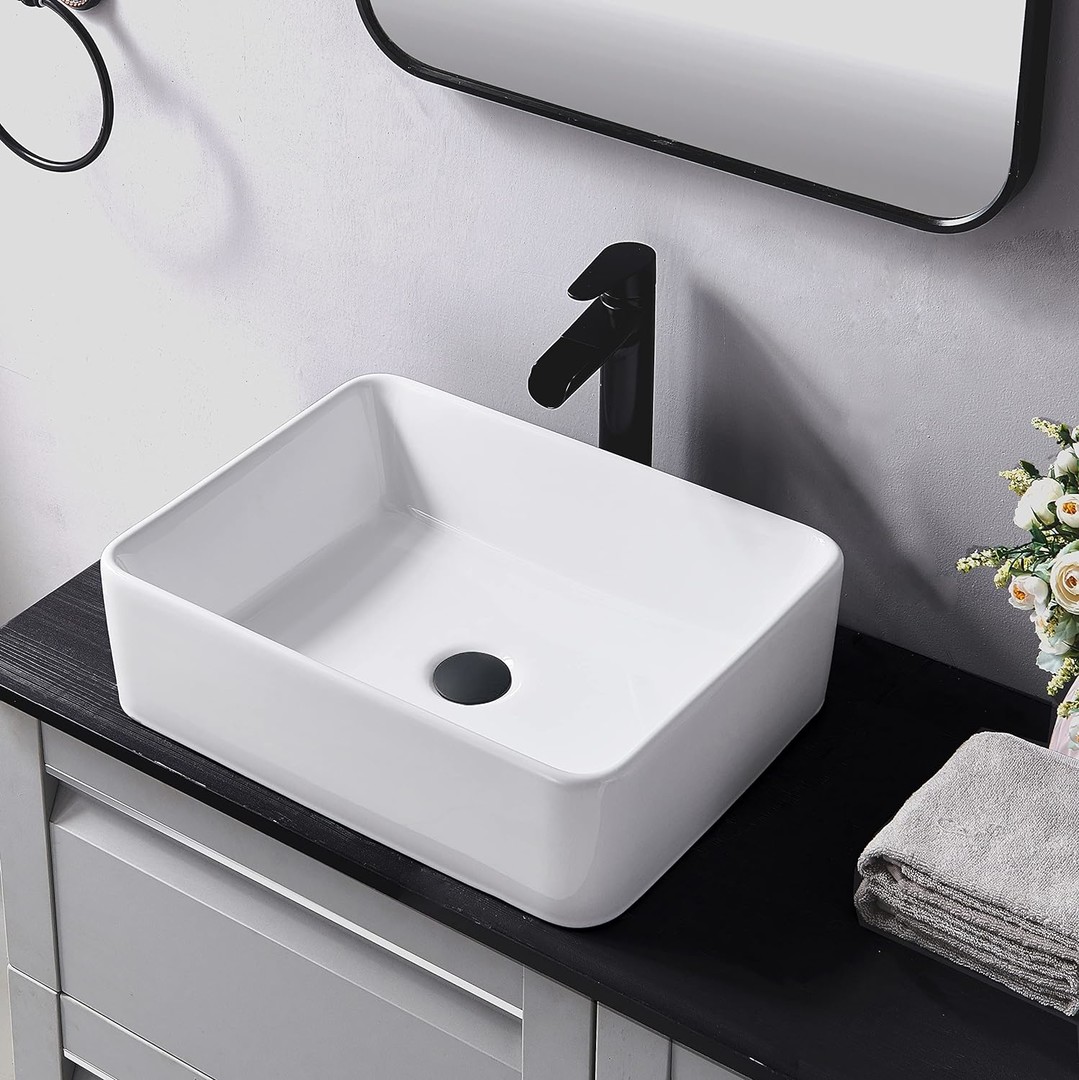

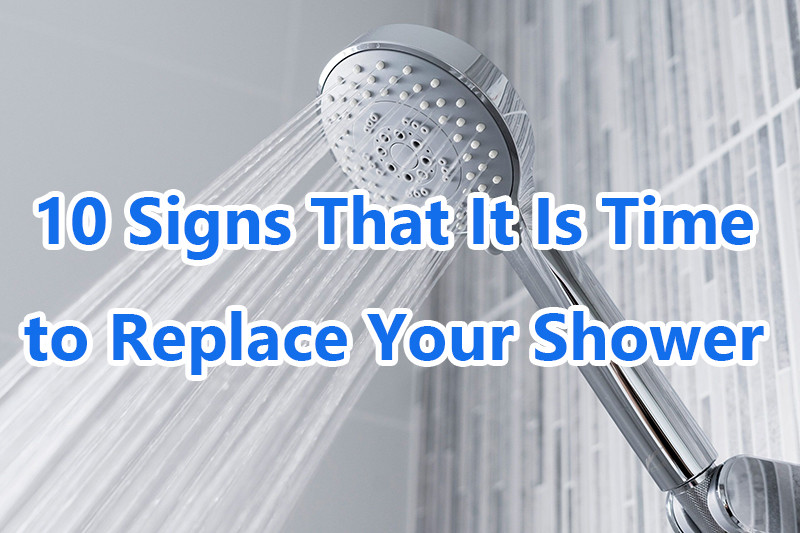
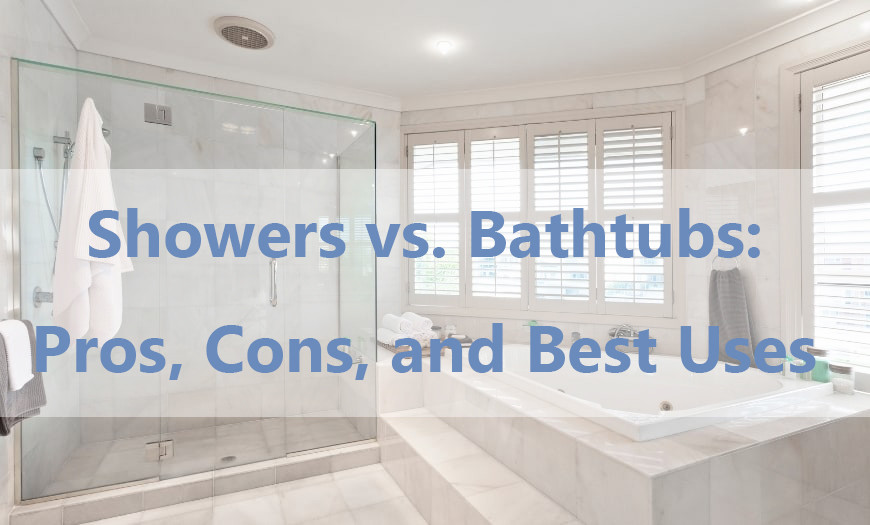
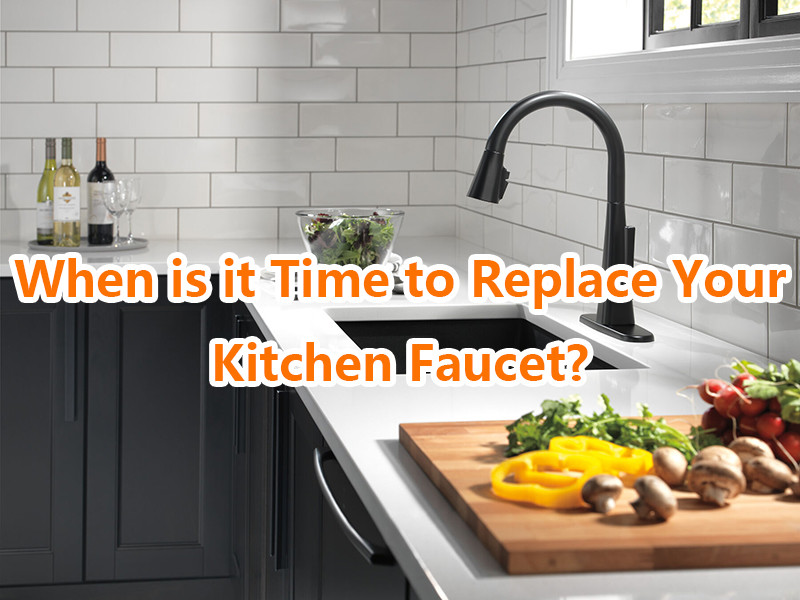

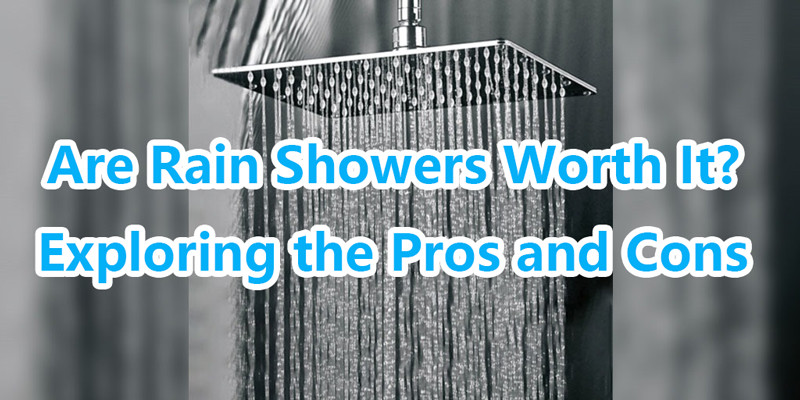
您好!Please sign in